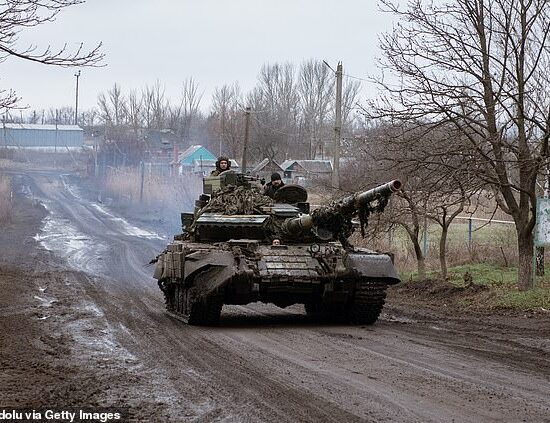
Filmmaking means creating fantasy worlds where superheroes defeat villains, people live in galaxies far away and inanimate objects can talk. However, these movies have to conform to the hard, unflinching rules of reality behind the scenes.
Supply chain issues have disrupted nearly every industry, film is no exception. So, how does it impact your project? Here are five ways the supply chain affects the filmmaking process.
1. Setting a Budget
The most significant impact of the supply chain is the budget. Independent filmmakers often have limited funds, making it challenging to have lavish productions. These three parts of your budget demonstrate why the supply chain is critical.
Equipment
First, you need to source equipment. Filmmakers require cameras, props, costumes and other vital materials to ensure their production runs smoothly. Supply chain disruptions create limited availability of technological devices, leading to higher costs and strained budgets.
For example, movie cameras require microchips. These integrated circuits are crucial for your film by controlling the camera’s power consumption, storing media and connecting to Wi-Fi. Unfortunately, microchips have had a limited supply since the pandemic. Companies are investing billions in microchip research, but there is still a worldwide shortage.
Transportation
Once you have your equipment, you must transport it and the crew to filming locations. The supply chain can significantly affect a filmmaker’s budget through oil and gas production. This industry is volatile, with prices based on supply and demand and geopolitical conflicts. For instance, Russia invading Ukraine caused oil prices to skyrocket, thus raising gasoline prices worldwide.
Filmmakers should consider electric vehicles (EVs) for their production if the budget allows. These cars have much higher energy security than gas-powered cars and make your film more attractive to investors who want to see a low carbon footprint.
Food
Keeping the crew energized is essential, so filmmakers boost morale with free food on set. However, it can come at a higher price than they like. Oil and gas disruptions directly affect food costs because these goods require transportation to travel worldwide.
Prices can also be due to shortages. Last year’s Russian invasion of Ukraine has caused uncertainty around wheat production, considering the warring countries combine for over 55 million metric tons annually. Wheat is one of the most necessary crops, so a shortage means bread and other pastries are likely more expensive for a film set.
2. Hiring Skilled Workers
It takes a village to produce a movie, so finding skilled workers is a significant part of filmmaking. Labor drives the supply chain, and a lack of it increases costs and causes logistical issues for filmmakers. Some films may require specialized professionals who know their job is in high demand.
For example, does your film need a big fireworks display at the end? You can handle this task in most states, but some require a licensed professional. For example, filming in New York requires a certified pyrotechnician. It may seem like a pain, but it’s worth the time and money.
3. Following a Production Schedule
Films typically run on strict deadlines due to production costs and actors moving on to future projects. However, the supply chain can delay everyone’s timelines. These disruptions significantly affect your schedule if the uncertainty centers on an integral piece of the movie.
For example, suppose the film requires a specific classic car. The production crew must import this vehicle from another country, but news breaks of worldwide shipping delays. You must wait up to a month for the car to arrive or find another vehicle. The crew can only shoot without the car for so long, causing significant production delays.
Filmmakers can protect themselves from delays by shortening their supply chain as much as possible. Do you need vehicles, costumes or animals for your film? Find vendors close to your set to reduce the risk of delays. The production should only include international shipping if necessary for the movie’s integrity.
4. Finding a Location

Another source of supply chain delays could come from the film’s location. Some movies film in remote areas, making it challenging to transport supplies. For example, “Cast Away” filming happened on Modriki Island in Fiji. Not many logistics companies transport supplies there, increasing production costs.
Remote areas can also be a liability if prone to harsh weather conditions. Torrential rain or snowstorms can significantly delay production if it halts all transportation or causes an accident by ruining equipment. Filmmakers must also account for a country’s political instability and how it disrupts the supply chain. Suddenly, acquiring equipment and keeping a crew safe becomes more difficult.
5. Ensuring Safety
Filmmakers must decide where to trim their budgets when costs rise. Every piece of a movie is critical in some way, so this decision is challenging. Cutting food quality may lead to an unhappy and unhealthy film crew. What if production skimps on equipment quality? Now they risk the safety of their actors, especially the stunt crew.
Filmmakers should be safety advocates by enforcing guidelines and ensuring the equipment meets their standards. The last thing you want is an accident, so find reputable suppliers and negotiate to mitigate the costs. It may help to hire a professional on set to inspect items before use.
Navigating the Supply Chain in Filmmaking
Producing a film is hard enough with tight budgets and numerous people to manage on set. Nowadays, filmmakers must also deal with the realities of supply chain issues. One event can trigger worldwide shortages and rising prices, impacting your production directly.
Make plans to stay on top of any changes the supply chain brings to the filmmaking process.















